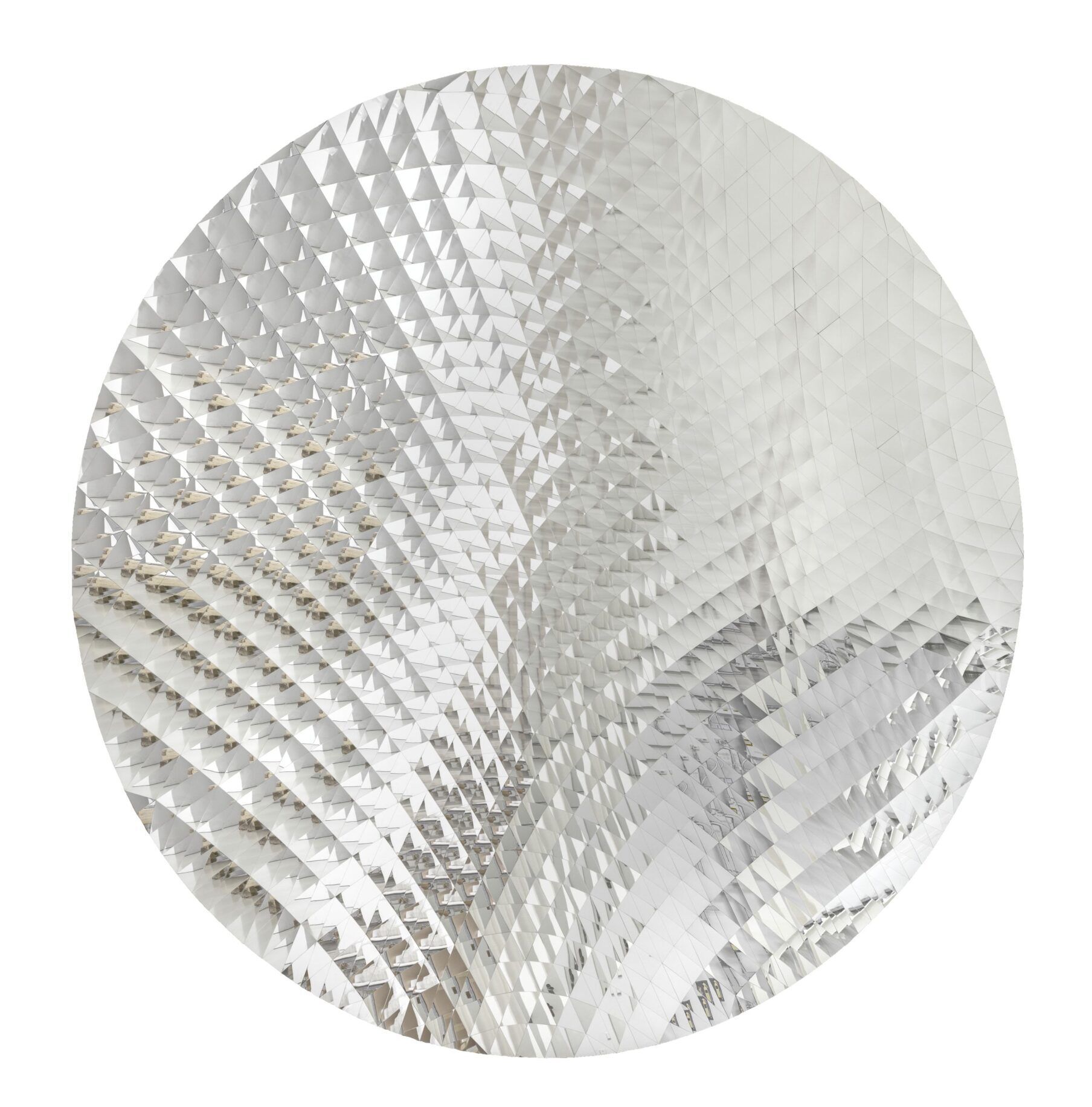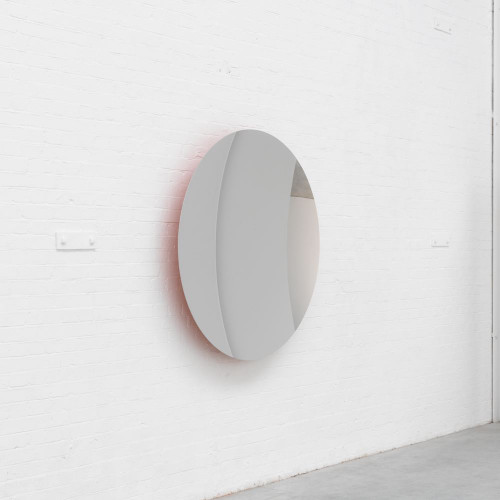Anish Kapoor is one of the leading figures in what has been called New British Sculpture. Kapoor was born in Mumbai in 1954. His father was an Indian Navy admiral and his mother was a clothing designer of Jewish origin. Kapoor spent his childhood in India and, after a brief stay on a kibbutz in Israel – which the artist does not describe in very positive terms – he went to London to study at the Hornsey College of Art (1973-1978). Subsequently, he studied for an MA in Fine Art at the Chelsea School of Art (1977-1978).
Like so many artists of his generation, he worked as an art teacher a couple of days a week to earn a living while trying to make his way as an artist. Interestingly, his first exhibition took place in 1980 in Paris at the studio of the French artist Patrice Alexandre. There, on the wooden floor of Alexandre’s studio, he exhibited the sculptures he created using pigments for the first time. These were sculptures in which the contours are blurred in a kind of sfumato that is reminiscent of Leonardo Da Vinci’s paintings.
Kapoor continued with these works until he began to feel that this particular line of work was coming to an end. One day in his studio he made a sculpture in the shape of a dark blue cup and, without really knowing why, he hung it on the wall and found in it darkness, emptiness. There was nothing to see, just a dark object in which the depth of the object could not even be glimpsed, hence the frequent use of the word “void” in the name of some of these pieces. Another characteristic of these works is that they abandoned the verticality of traditional sculpture to become works that looked inwards. He would also apply this method of working to stone blocks. As the artist himself points out, “most stone carving, over the last centuries, has been to have a block of stone and then carve, as Michelangelo did, from outside in. What I’ve been doing, perversely, is to carve the interior. The block stays as it was quarried and then I’ve been working on the inner form ”1 .
At the same time, this idea of hanging sculptures on the wall would become something that would accompany many of Kapoor’s works. A good example are the signature discs he makes from a variety of materials. Kapoor’s work, like that of other artists in the New British Sculpture movement, such as Tony Cragg and Richard Deacon, is based on the continuous search for new materials. Kapoor has worked with materials including pigments, fibreglass, bronze, aluminium, resin, limestone, steel, wood, granite, marble, plaster, polystyrene, concrete, stucco, PVC, alabaster, silicone, water, smoke and Corten steel. But if there is one material that has characterised his recent work, it has been stainless steel.
Kapoor polishes the stainless-steel surface to the point of turning it almost into a mirror, thereby incorporating the viewer and the piece’s surroundings into the sculpture. Something we can see in the two works belonging to the Hortensia Herrero collection: Random Triangle Mirror (2016) and Untitled (Orange) (2015).
The numerous awards received by Anish Kapoor have included the Turner Prize in 1991 and the Praemium Imperiale from the Japan Art Association (2011), he has been elected as a Royal Academician of the Royal Academy of Arts in London (1999) and been awarded the Order of the British Empire (2013).

